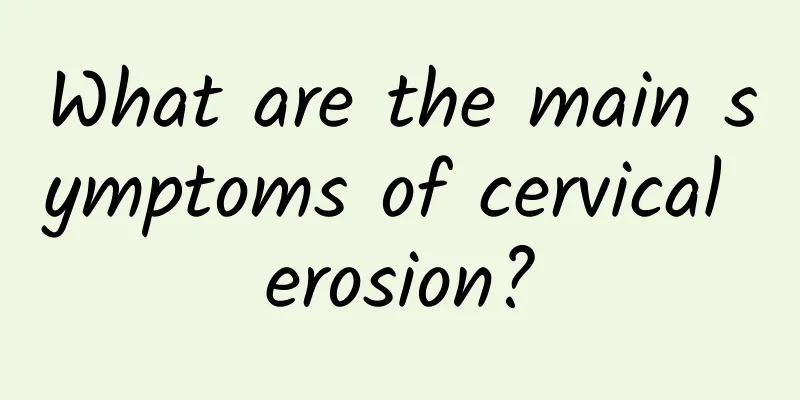Can I get pregnant with uterine fibroids?

|
Women with uterine fibroids can get pregnant, but the specific situation varies depending on the size, location and type of the fibroids, and the impact on pregnancy needs to be monitored. If the fibroids are small and their location does not affect the shape of the uterine cavity, it usually does not affect pregnancy, but if the fibroids are large, located inside the uterine cavity or compress the uterus, it may increase the risk of difficult pregnancy or miscarriage. Appropriate treatment or monitoring is an important measure to ensure the safety of mother and baby. 1The impact of uterine fibroids on pregnancy Uterine fibroids are common benign tumors of the female genitalia. Small fibroids with a diameter of less than 5 cm or located on the outer wall of the uterus have little effect on pregnancy, but if the fibroids are located under the endometrium or compress the uterine cavity, they may affect the implantation of the embryo or the development of the placenta. Large fibroids with a diameter of more than 10 cm may occupy the growth space of the fetus, leading to premature birth, malposition of the fetus, and even miscarriage in severe cases. 2 Precautions during pregnancy 1. Regular prenatal check-ups: Pregnant women with uterine fibroids need to follow their doctor's advice for more frequent check-ups to monitor whether the fibroids are growing and their impact on the baby. 2. Control stress in life: avoid overwork and keep your emotions stable, because hormone fluctuations during pregnancy may stimulate the growth of fibroids. 3 Dietary considerations: Reduce the intake of high-fat and high-sugar foods and choose a light diet; at the same time, supplement folic acid and iron in appropriate amounts to reduce the risk of anemia during pregnancy. 3 What to do when pregnancy is difficult or fibroids threaten pregnancy If fibroids affect conception or pregnancy, the following treatments may be considered: 1. Drug treatment: Short-term use of GnRH analogs such as leuprorelin can temporarily reduce the size of fibroids and create better conditions for conception. 2. Surgical treatment: When the fibroids are large or located in a sensitive position, myomectomy can be performed. Currently, laparoscopic minimally invasive surgery is more common. After the operation, you need to wait about 6 months before trying to get pregnant, depending on the situation. 3. Assisted reproductive technology: If natural conception is difficult, in vitro fertilization may be an option, but it must be performed after the fibroids are treated. 4. Myoma and the choice of delivery method Fibroids do not obviously affect the fetus during pregnancy, but if the fibroids are located close to the cervix or affect uterine contractions, the doctor may recommend a cesarean section to prevent the fibroids from causing obstruction or complications in delivery. For women who have been diagnosed with uterine fibroids and are planning to become pregnant, it is best to communicate fully with their obstetrician and gynecologist and develop a reasonable birth plan based on their own situation to ensure the safety of mother and baby. |
<<: What are the symptoms of congenital miscarriage?
>>: What medicine is good for adults with influenza?
Recommend
What should I pay attention to when I have uterine effusion?
One of the most feared diseases for women is gyne...
What should be paid attention to in preventing pelvic peritonitis after childbirth
Pelvic peritonitis is a common gynecological dise...
Does hysteroscopy require hospitalization? About 3-4 days
Hysteroscopic surgery requires hospitalization, u...
Xiaozhen's polycystic ovary disease may be a hidden danger of gynecological cancer
According to print media reports, well-known arti...
10-minute yoga exercises to reduce buttocks, thin legs and shape your body
Below I will share with you a set of yoga to slim...
What if there is blood after the menstrual period?
What if there is still blood after the menstrual ...
Body Sculpting Tutorial - Quickly Train Your Abs to the Strongest Abs (Part 2)
I'm busy at work all day and have no time to ...
Why did my menstruation stop when my uterine fibroids got bigger? Will my menstruation stop coming when my uterine fibroids get bigger?
Why did my menstruation stop when my uterine fibr...
What are the symptoms of cervical erosion?
Many women have always thought that cervical eros...
Chinese medicine diet therapy can increase ovarian function
The health of the ovaries is closely related to e...
Difference between cervical adhesion and intrauterine adhesion
The main difference between cervical adhesions an...
How to actively prevent menopause
How can we actively prevent menopause? Menopause ...
How to promote the elimination of ovarian cysts
How to promote the elimination of ovarian cysts? ...
What medicine will be better for bacterial vaginosis?
What are the effective drugs for bacterial vagino...
Explain what factors induce dysmenorrhea
The occurrence of dysmenorrhea has caused many wo...









